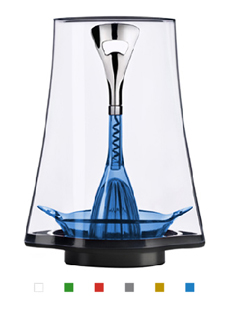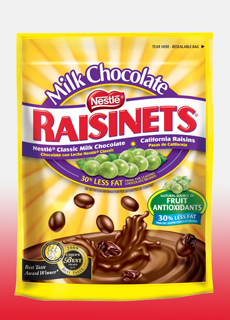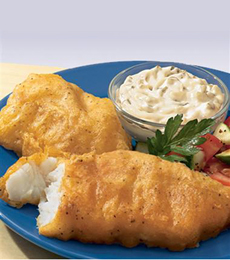|

The Swiss Army Knife of bar tools.
Photo courtesy Bartule.
|
|
So you have a small apartment but like to entertain; or you enjoy a cocktail in the office at the end of a long day. Or you need to set up a bar area for your boat, patio or other outdoor venue. What should you do?
BarTule aims to tackle this challenge with its space-saving all-in-one bar set. Neatly nested are an ice bucket, a bottle opener, a corkscrew, a 4-ounce jigger,* a citrus juicer and an ice bucket lid that doubles as a coaster or salt-rimmer. There are no extraneous parts.
*That’s the size of a wine pour, and four times the size of a normal jigger.
After use, the pieces fit back in place. The manufacturers call it an “abstract sculpture,” but to us, it looks like what it is: a bar set.
Made from high-density polycarbonate and stainless steel, the Bartule is available in six colors—blue, clear, green, red, smoke and yellow. It’s $49.91 at Amazon.com. And yes, it’s dishwasher safe.
|







